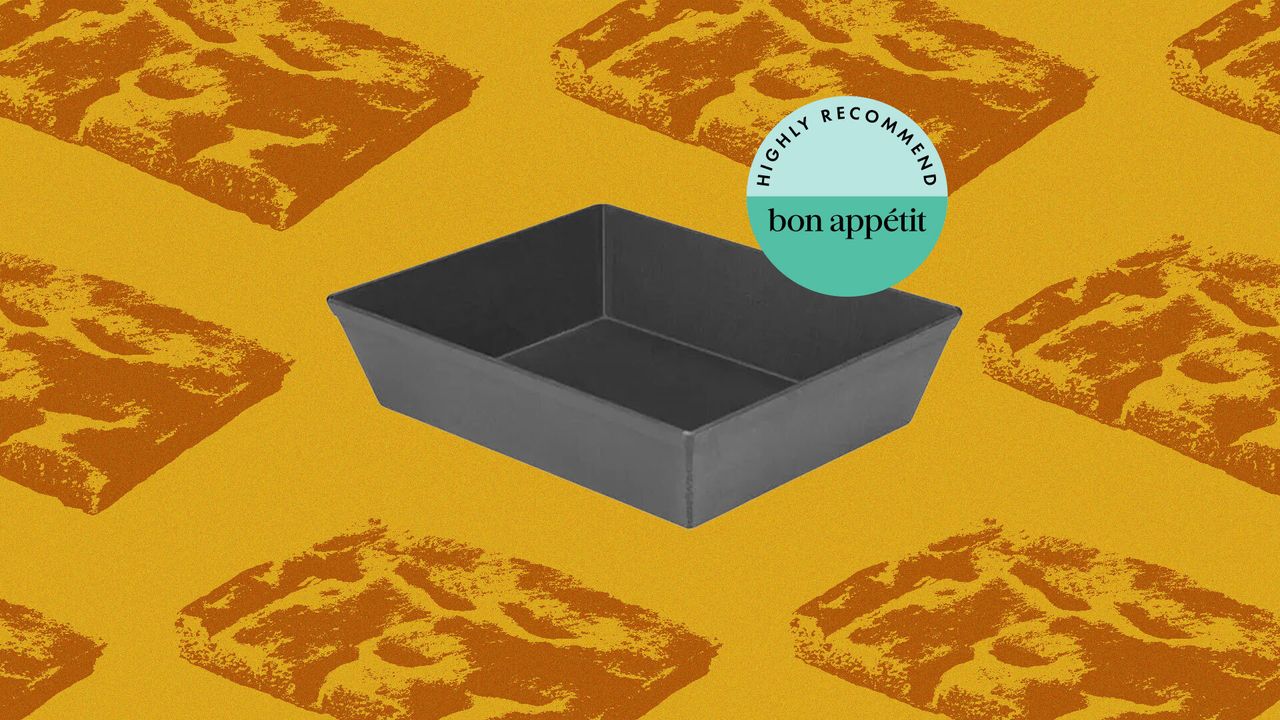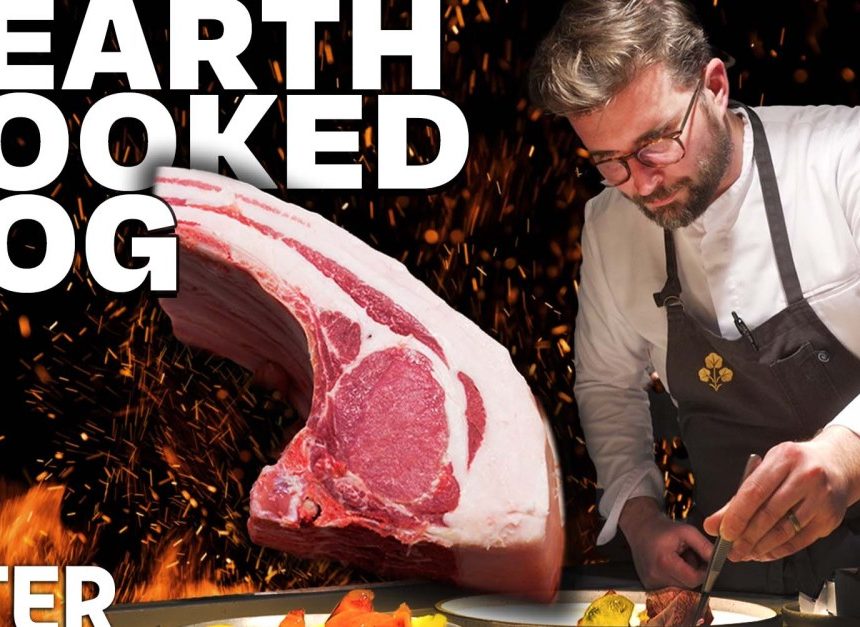I bet you can envision the scene even if you’ve never been to Quebec: bearded men in black-and-red checkered shirts, snowy maple sugar bushes, tapered tin buckets filled with sweet sap. Maple syrup is as representative of the province as the fleur-de-lis. Historians believe 16th-century European explorers learned from the First Nations and Indigenous peoples how to use maple sap to survive Quebec’s harsh winter conditions. Indigenous communities had long made medicine with maple sap and bark and used maple sugar and sap to cook venison, cure meats, and, of course, make maple syrup.
Over 400 years later maple syrup is a billion-dollar global industry, and Quebec is home to the world’s first maple reserve, holding up to 218,000 barrels of maple syrup. It’s produced in spring, when the weather starts to warm up and the maple trees produce more sap. The maple syrup at the beginning of the season is light, golden, and delicate, best enjoyed with yogurt or drizzled on ice cream. Mid-season syrup is amber and rich and goes well with most everything. Late-season syrup is dark, with a concentrated flavor that works well in baking, sauces, and glazes. Quebec’s chefs make the most of this dazzling ingredient at every point in its season.
In the modern kitchens of Quebec City, chefs weave maple into dishes as a natural sweetener and use it to cure salmon, glaze ducks, and add body to vinaigrettes. Maple salt adds a sweet-savory punch to rubs and stews, and maple sugar is used to give cocktails a smooth and tantalizing finish. These eight restaurants celebrate the history, ingenuity, and thriftiness that maple represents in our city
Aux Anciens Canadiens
34, rue Saint-Louis Maison
Aux Anciens is based in one of the oldest houses in the city, dating back to 1675.
Tarte au sirop d’érable (maple syrup pie).
A traditional Quebecois Christmastime combination at Aux Anciens.
Jacquet is a small white house with a gabled apple red metal roof in the heart of Old Quebec. It dates back to 1675, making it one of the oldest surviving houses in the city. Aux Anciens Canadiens opened in 1966 and quickly established itself as an iconic staple for refined Quebecois cuisine. It’s a fine dining experience without pomp or circumstance, a stark contrast to the boisterous atmosphere of La Bûche down the street. The tarte au sirop d’érable et crème barattée is a favorite among locals and tourists alike. The silky-rich pie is made with maple syrup, butter, heavy cream, and eggs nestled in shortcrust pastry and served with a dollop of Chantilly cream. Lunch or midafternoon is the best time to dine, when most people are busy exploring the surrounding historic neighborhoods.
La Bûche
49, rue Saint-Louis
Deer tartare (with maple butter), salad, fries, and garlic toast.
A member of the La Bûche staff pours room-temperature maple syrup onto a bed of ice, where it’s then molded onto popsicle sticks.







